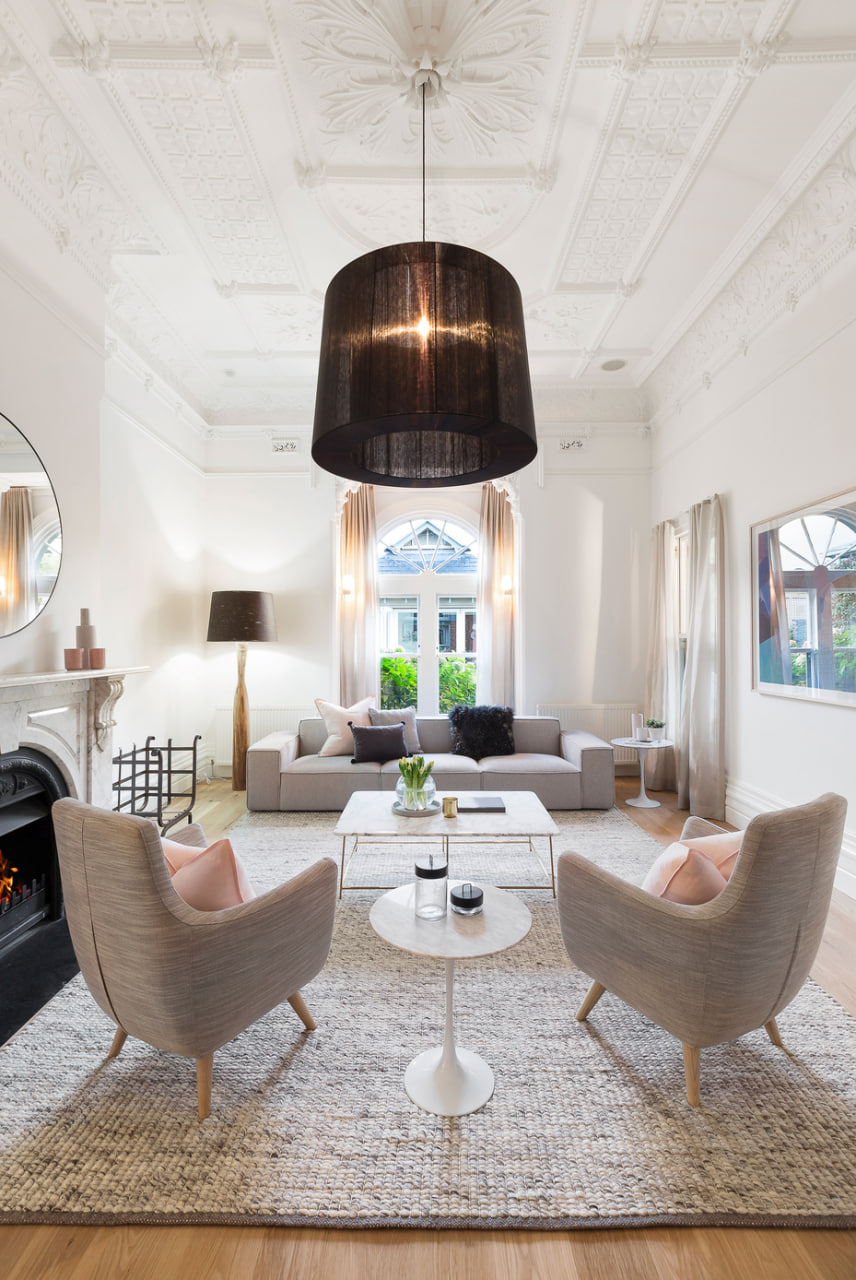Phone:
(701)814-6992
Physical address:
6296 Donnelly Plaza
Ratkeville, Bahamas.

Designing a home for yourself is one thing; designing it with guests in mind is something else entirely. It’s not just about aesthetics or functionality—it’s about creating a feeling. A well-designed guest-friendly space anticipates the needs of others, offers clarity, and fosters ease from the moment someone walks through the door.
The foundation of guest-oriented design lies in balance. Your space should reflect your personality and lifestyle, but also maintain a sense of neutrality that makes others feel comfortable. While you might enjoy vibrant color palettes or maximalist decor, too many bold personal touches can overwhelm a guest who is unfamiliar with the space. The goal is to create an environment that feels open, clean, and thoughtfully arranged.
Start with the entrance. It’s the first physical impression your guest will have, and it sets the tone for everything that follows. A clear, uncluttered entryway with a place for coats, bags, and shoes helps guests transition smoothly from the outside world into your space. Good lighting, a mirror, and a welcoming scent can turn even a small foyer into an intentional and calming moment.
In the guest bedroom—or the sleeping area if you host in a shared space—comfort and clarity are key. The bed should be inviting, the linens fresh, and storage available. Nightstands, lamps, and an accessible outlet for charging devices all speak to a thoughtful host. Try to imagine arriving late at night after a long journey. Is it easy to navigate? Are the blinds intuitive? Will they be able to settle in without asking questions or searching through cabinets?
The bathroom is another space that deserves special attention. Beyond cleanliness, it should feel generous—even if it’s small. Stock it with basics like shampoo, soap, clean towels, and perhaps even a hairdryer. If possible, designate a specific area for guest items so they don’t feel they’re intruding on your personal routine. Again, your aim isn’t to impress with luxury, but to express care through details.
In shared areas like the living room or kitchen, your design should allow for both togetherness and privacy. Think modular furniture, flexible lighting, and multiple seating options that invite conversation or quiet. Ensure there’s an obvious space for guests to place their belongings—a shelf, a tray, or even a spot on the counter. This creates a sense of belonging and eliminates awkwardness about where things go.
Even small touches can have a big impact. Having a guest-friendly space doesn’t mean overhauling your entire interior design—it’s about strategic adjustments. A spare set of keys, a labeled coffee setup, or a printed Wi-Fi code all show forethought. Try to keep decorative clutter to a minimum, and instead highlight a few thoughtful objects—books, plants, or local artwork—that give personality without overwhelming the senses.
Most importantly, design for emotion. Ask yourself: how do you want people to feel in your space? Safe? Relaxed? Inspired? Every design choice you make—from colors and textures to layout and flow—either supports or disrupts that feeling. When you design for emotion, your guests are more likely to remember the way your home made them feel, not just how it looked.